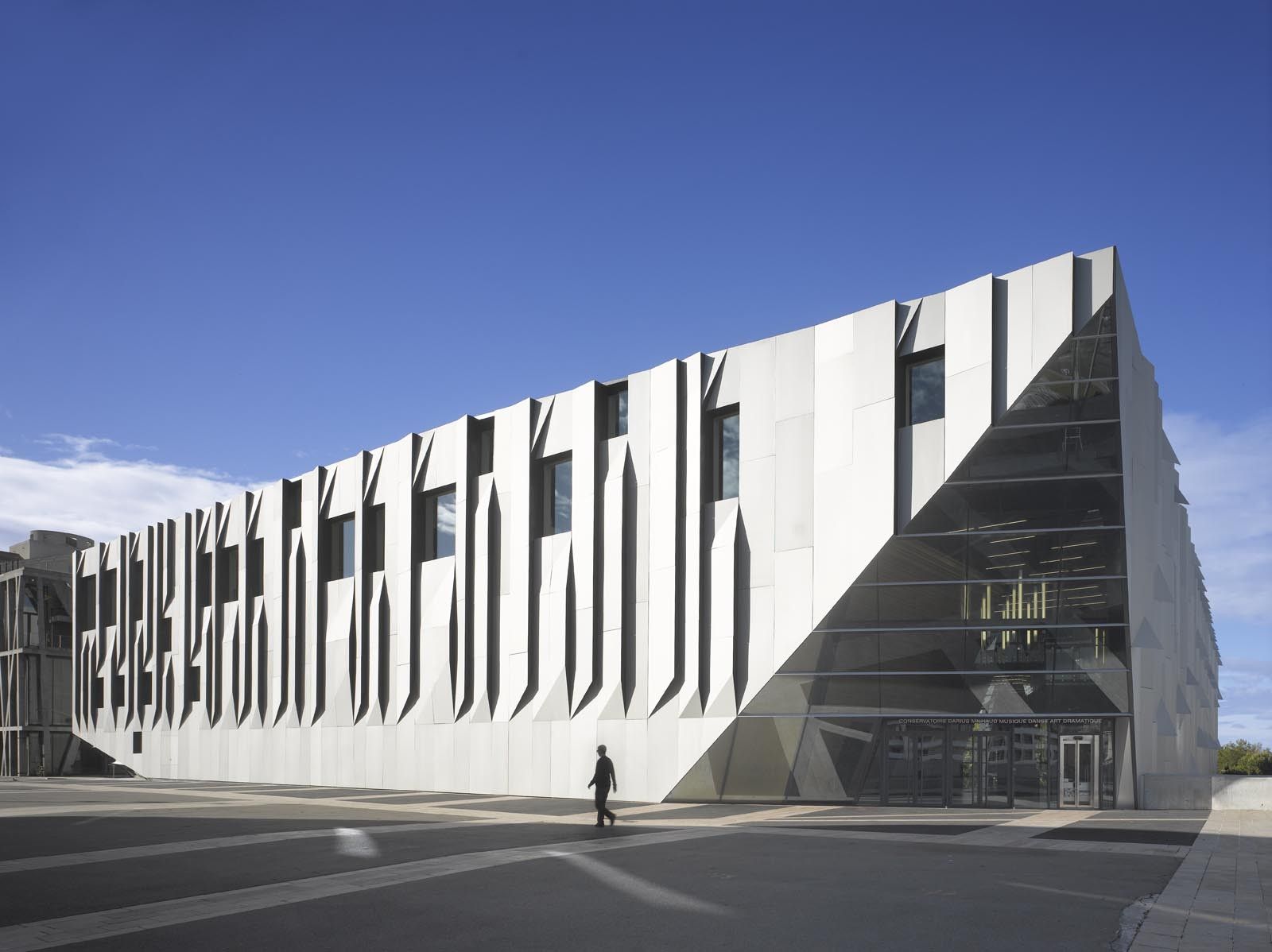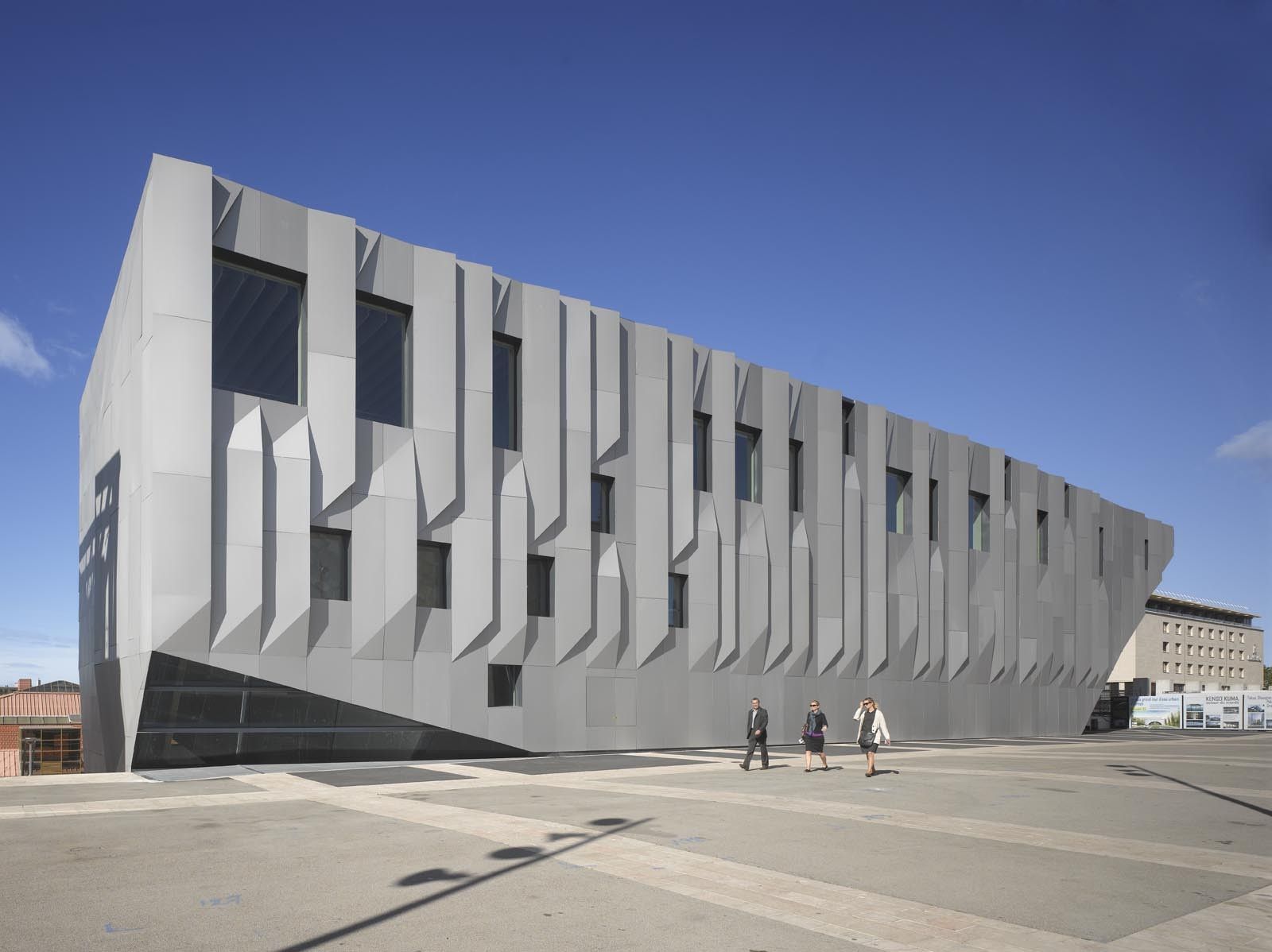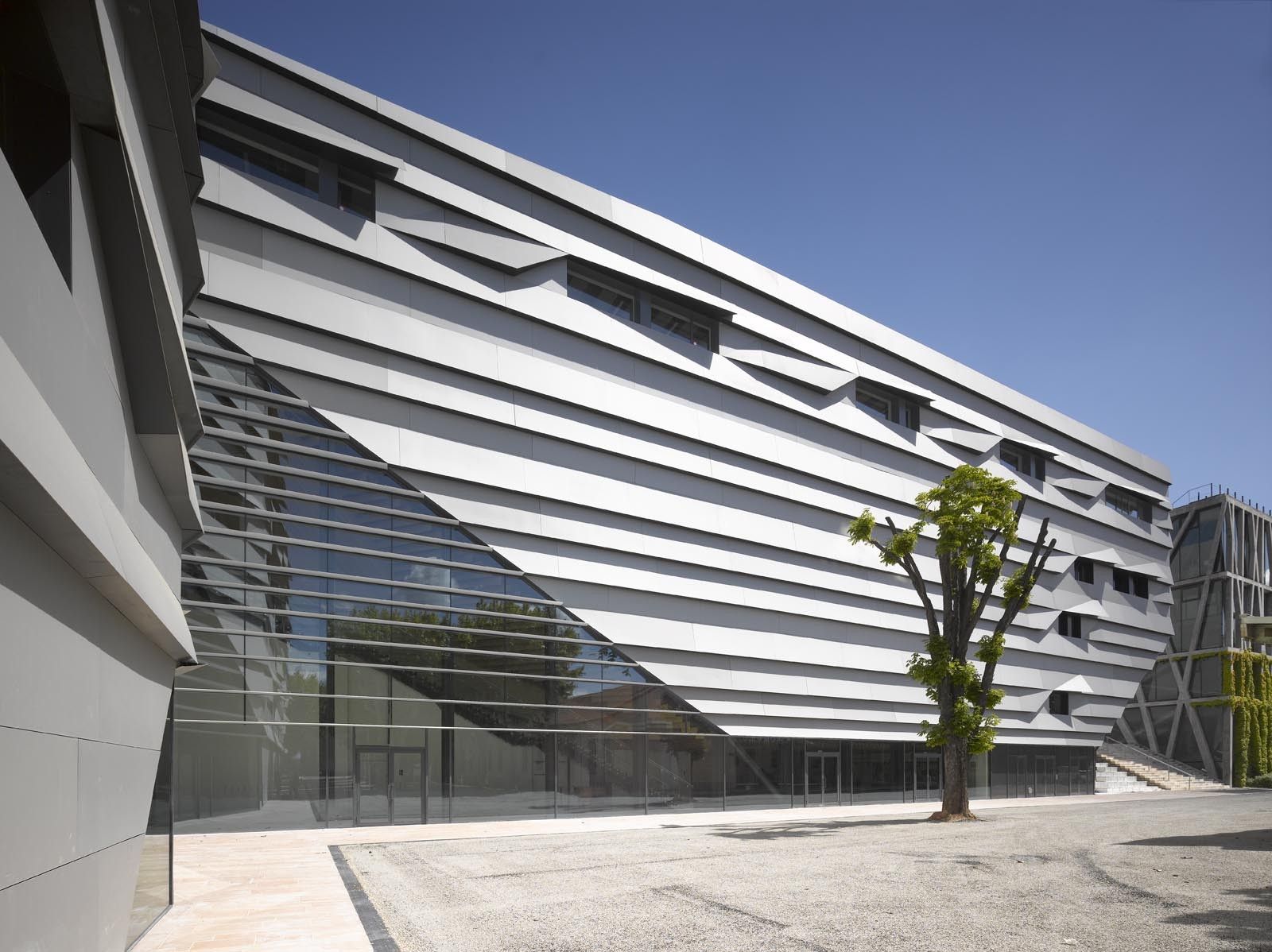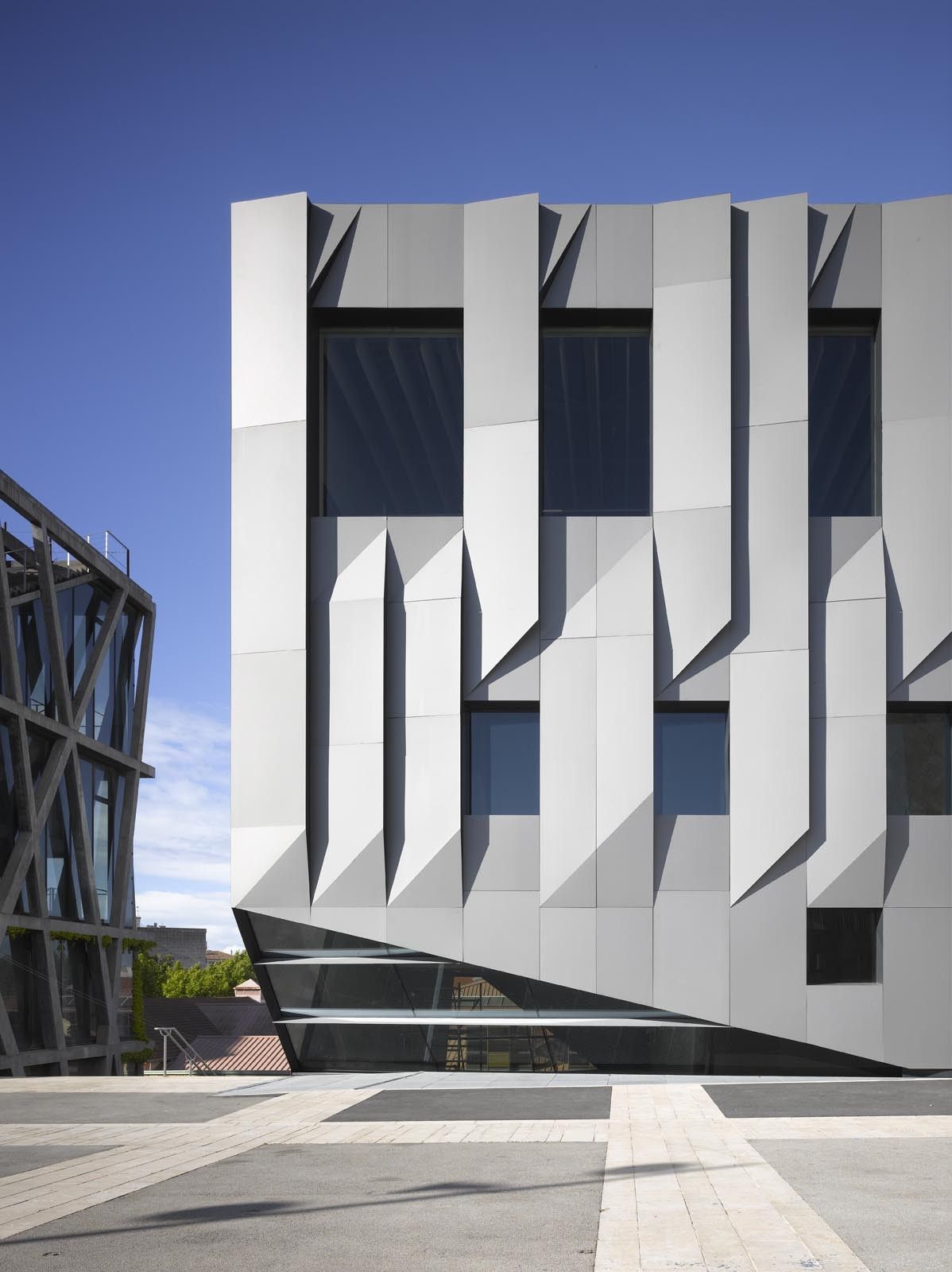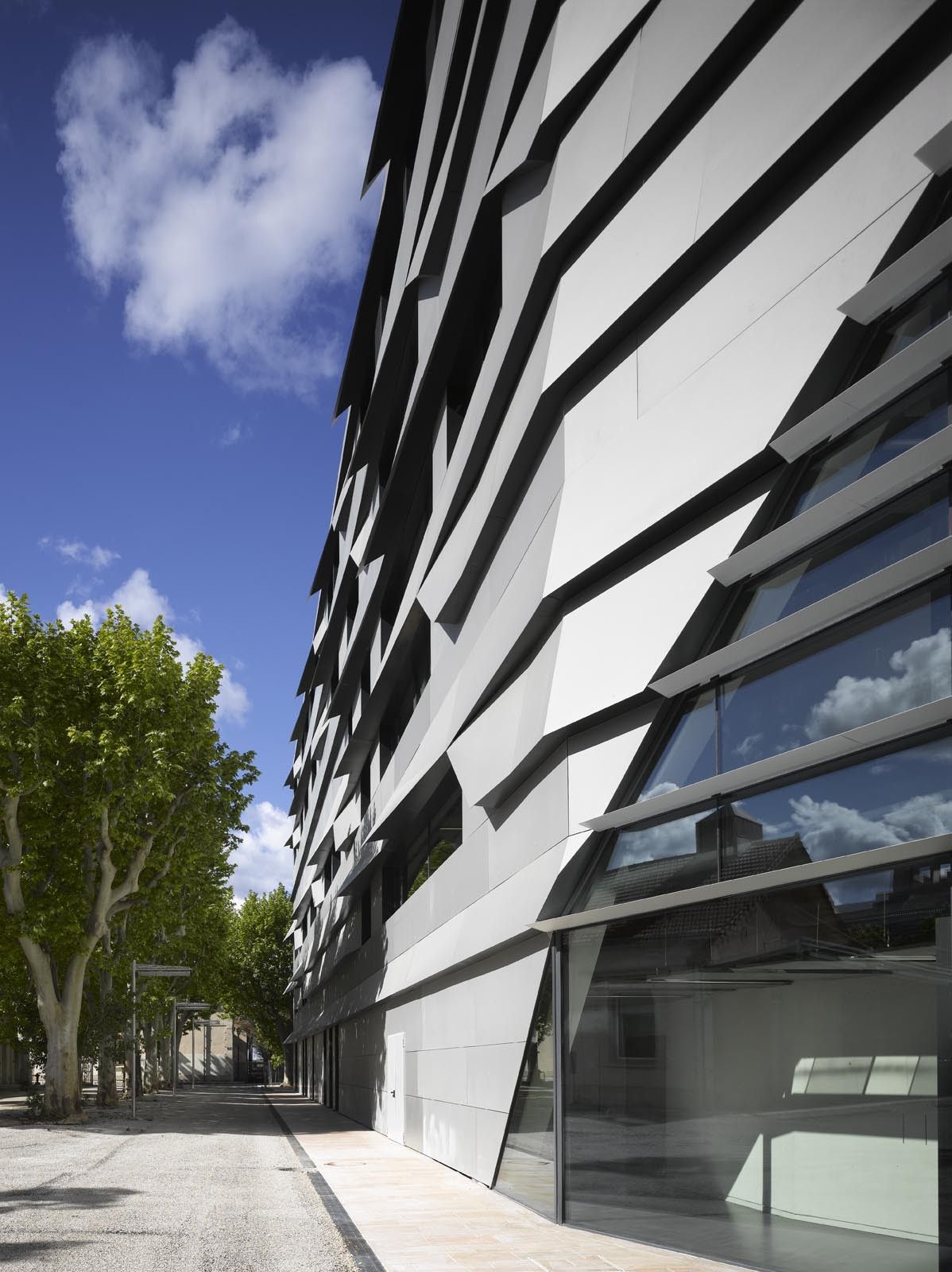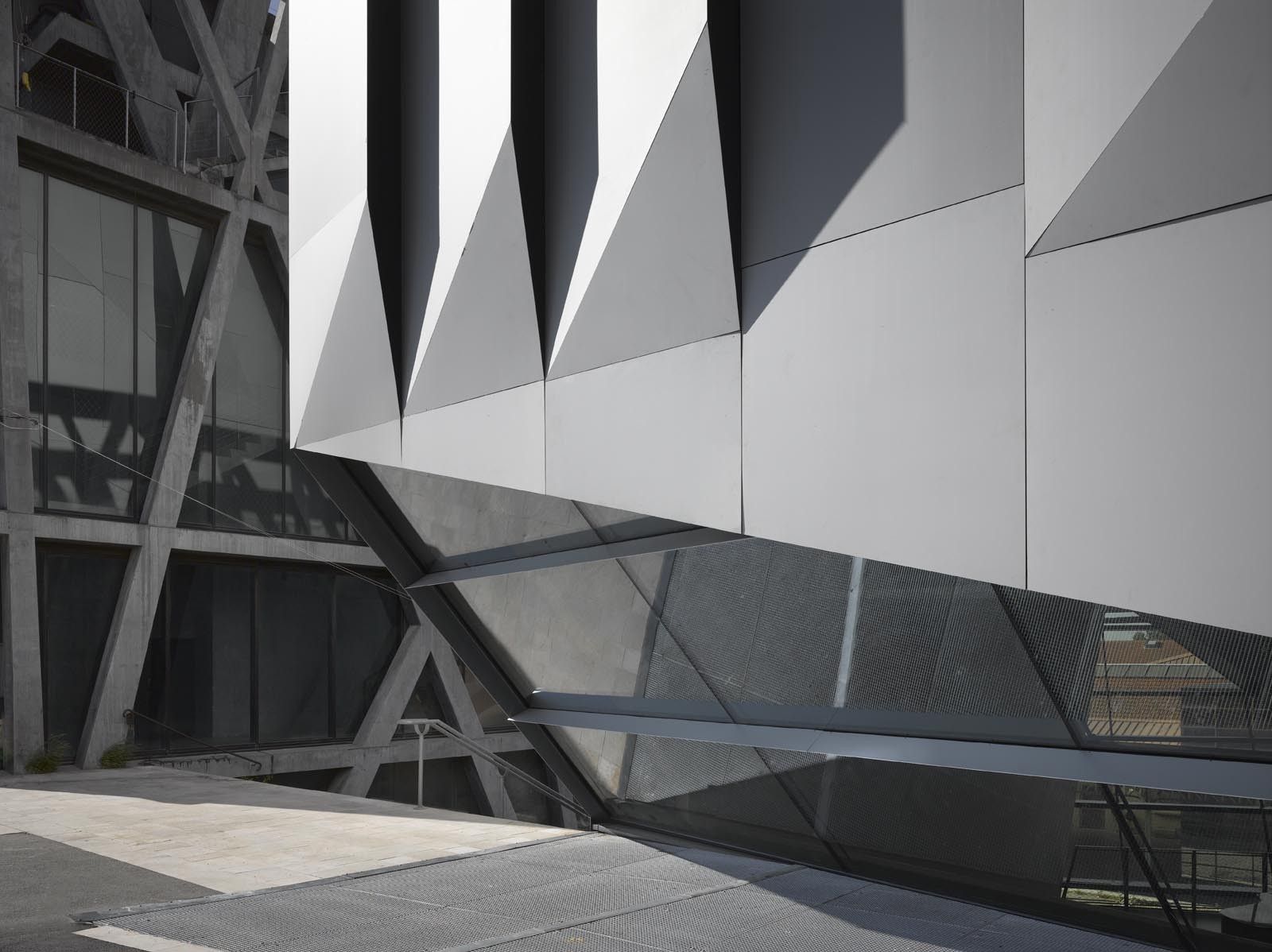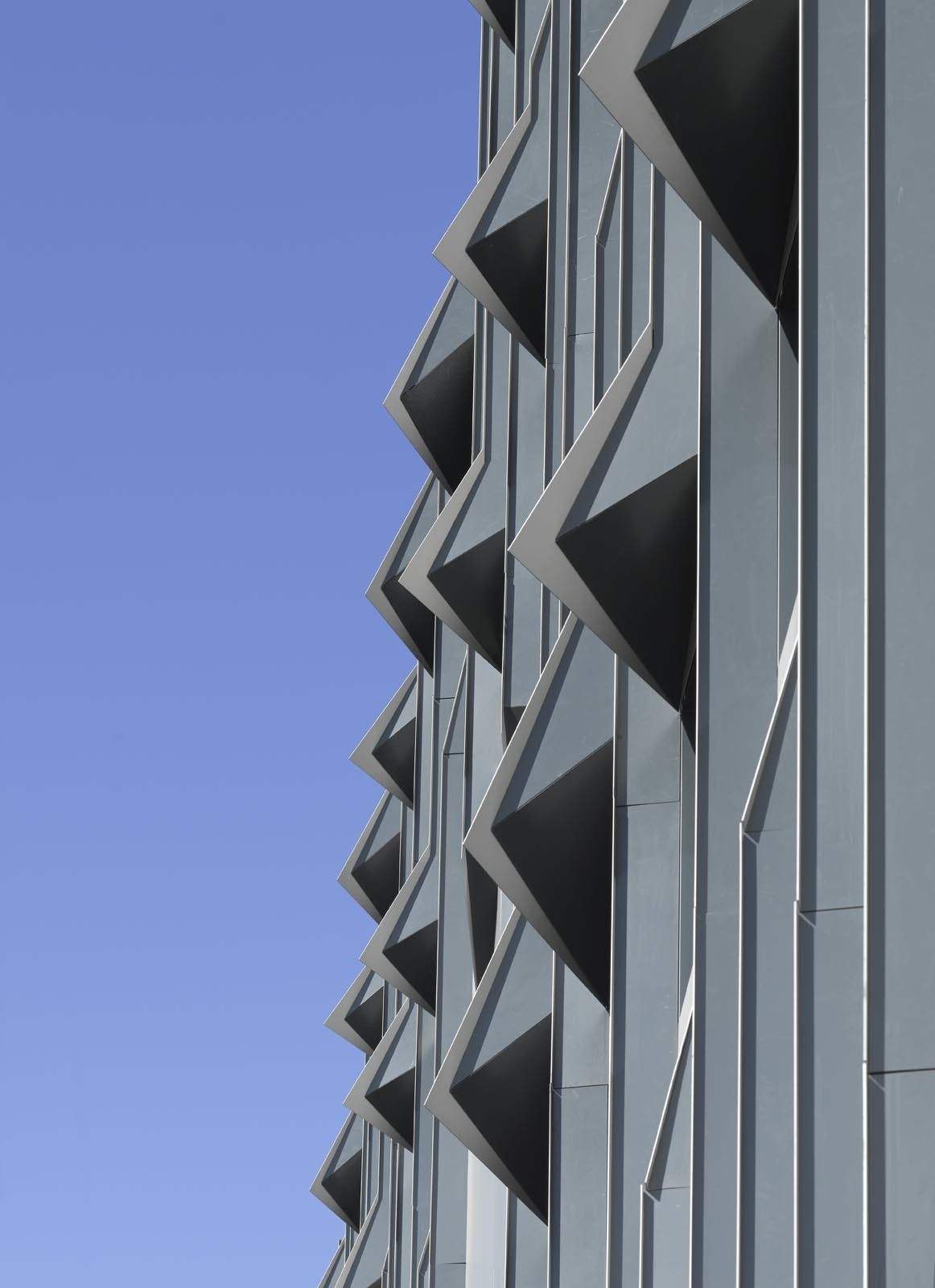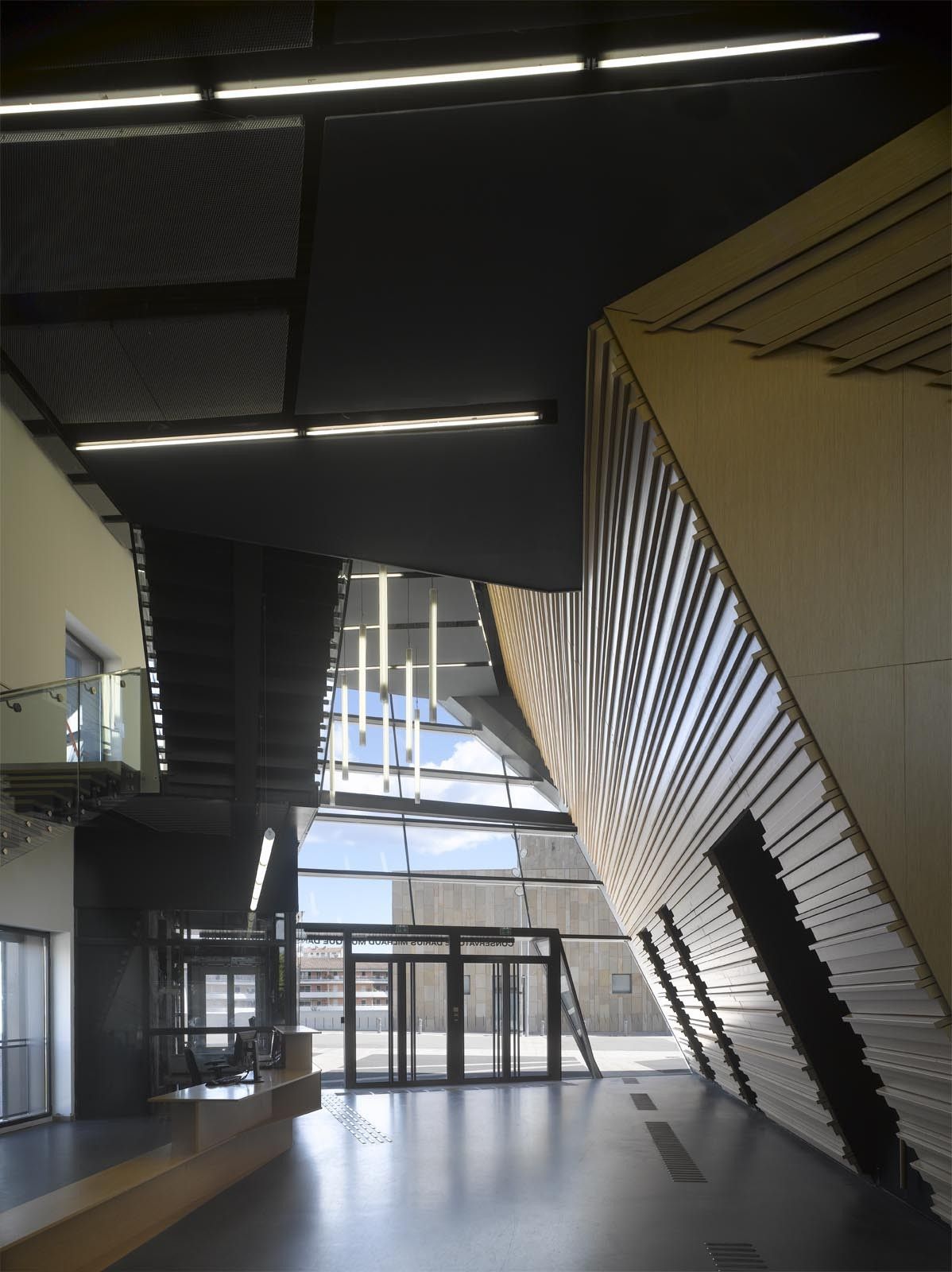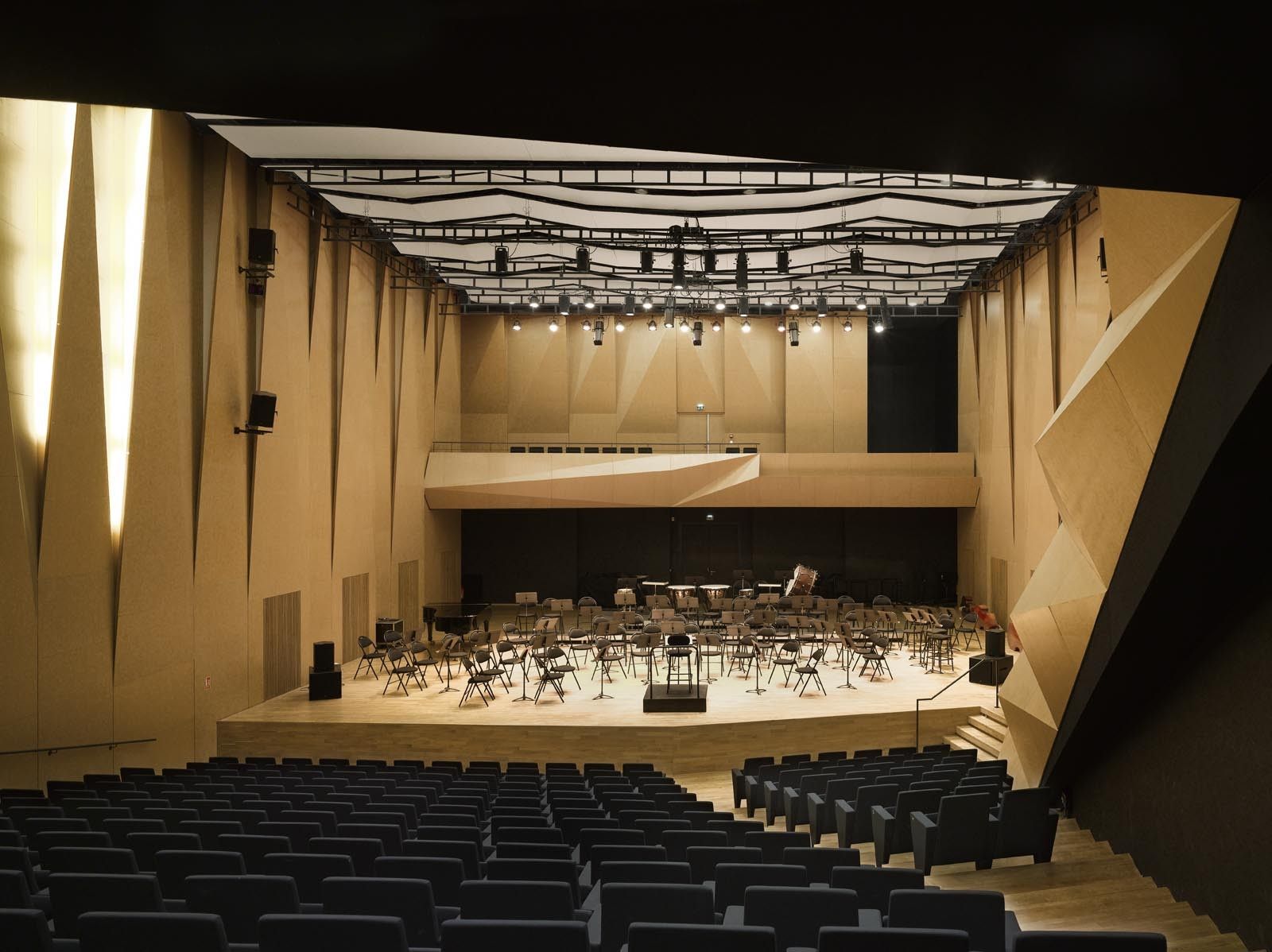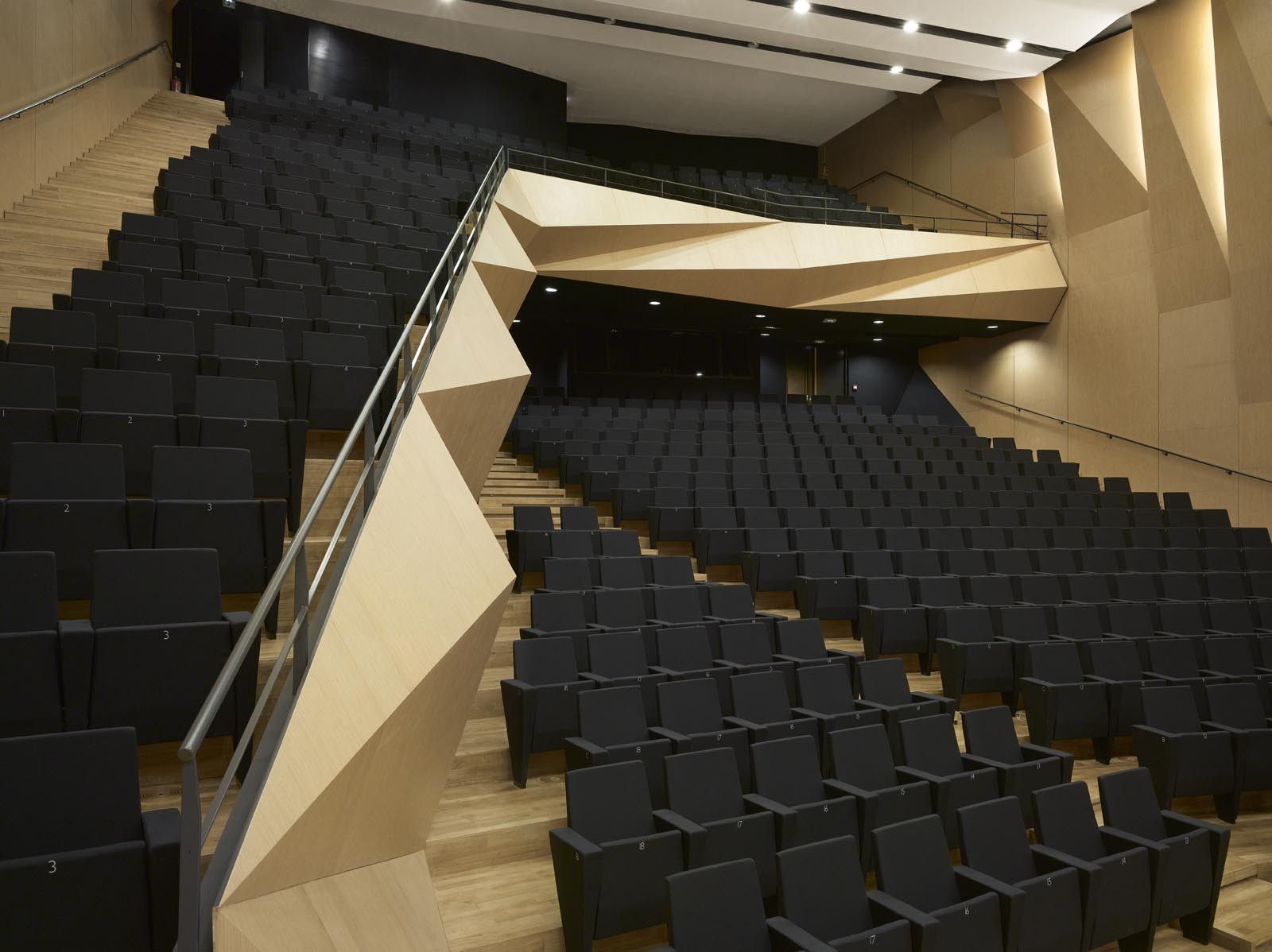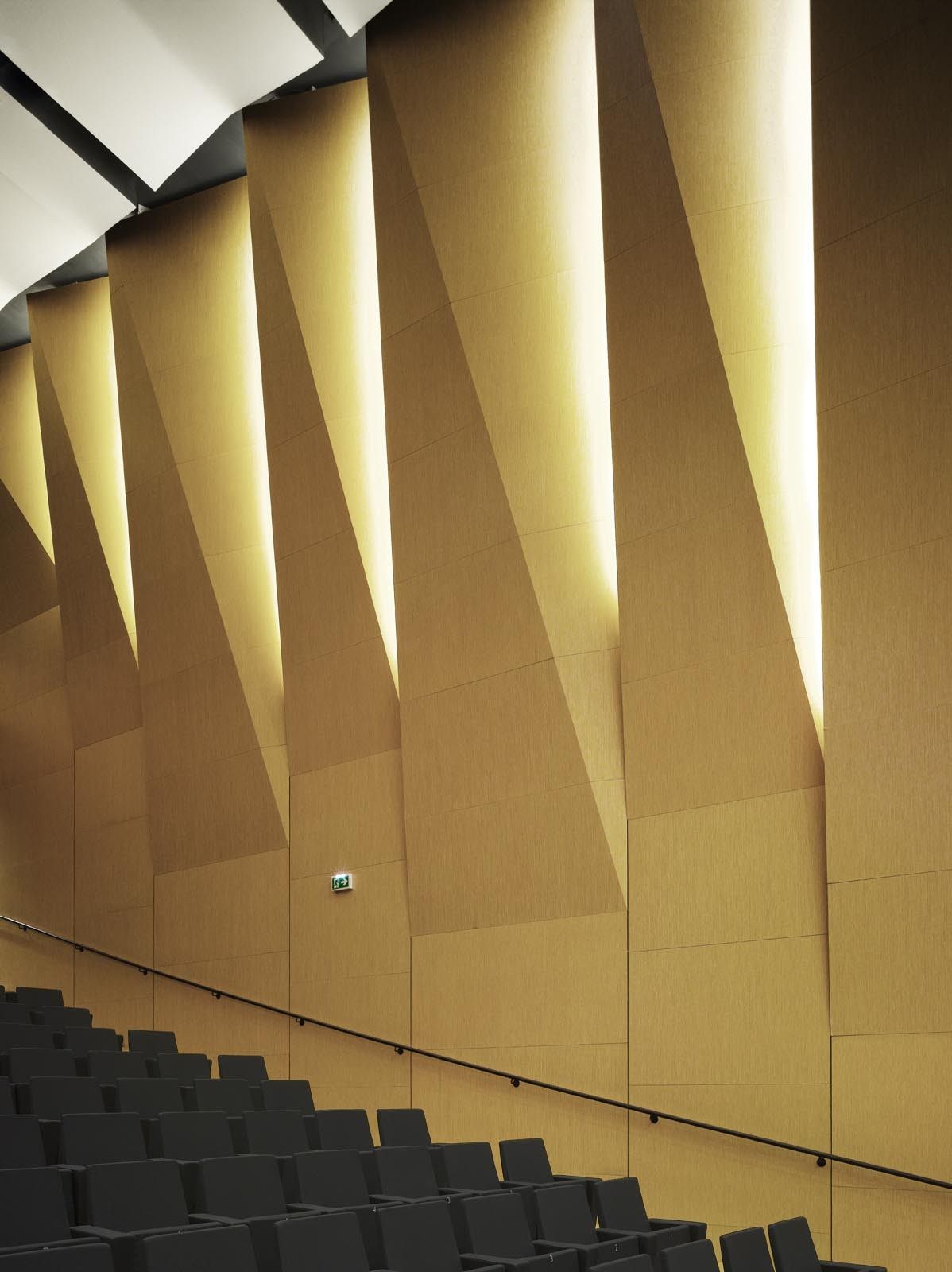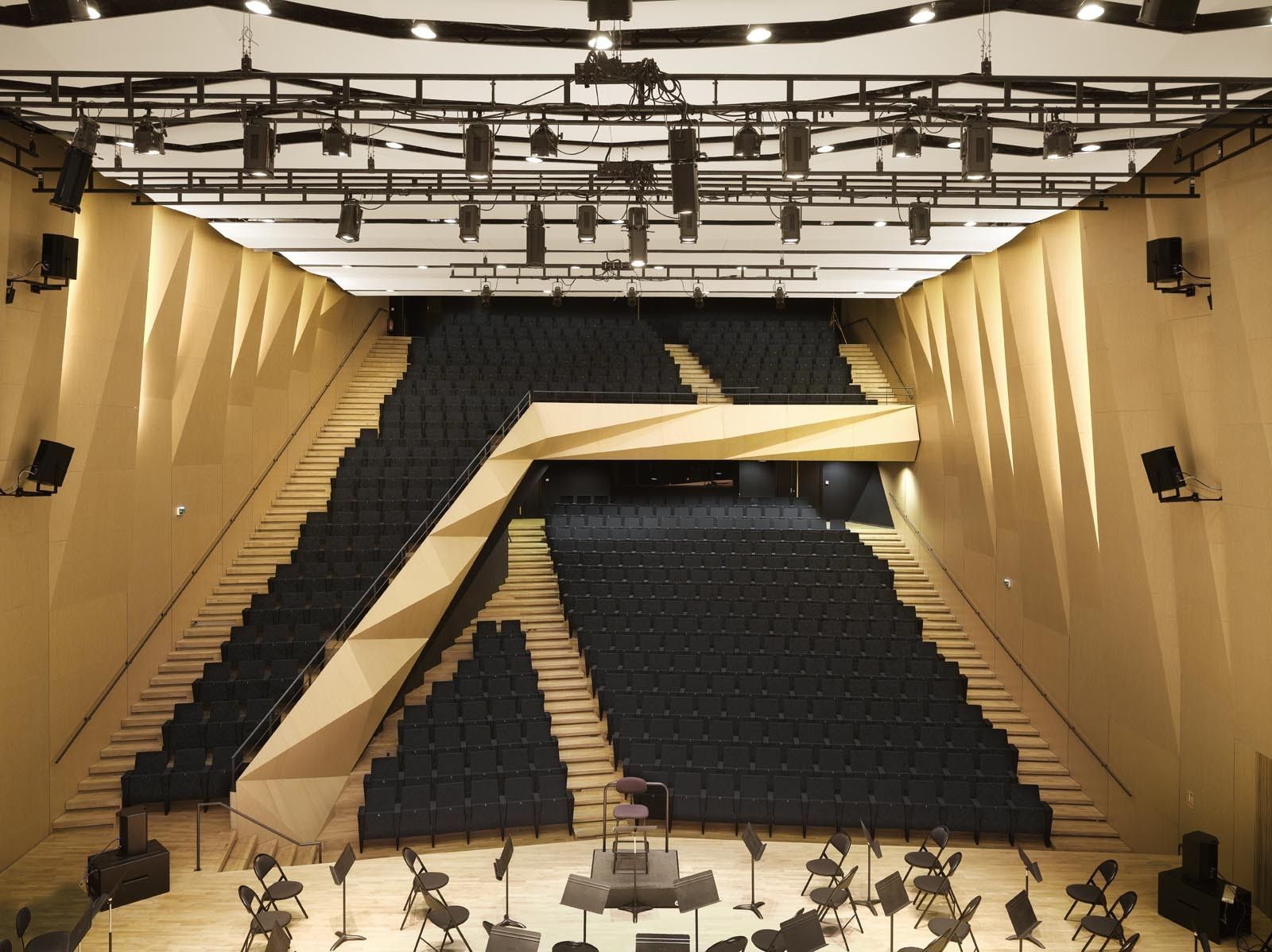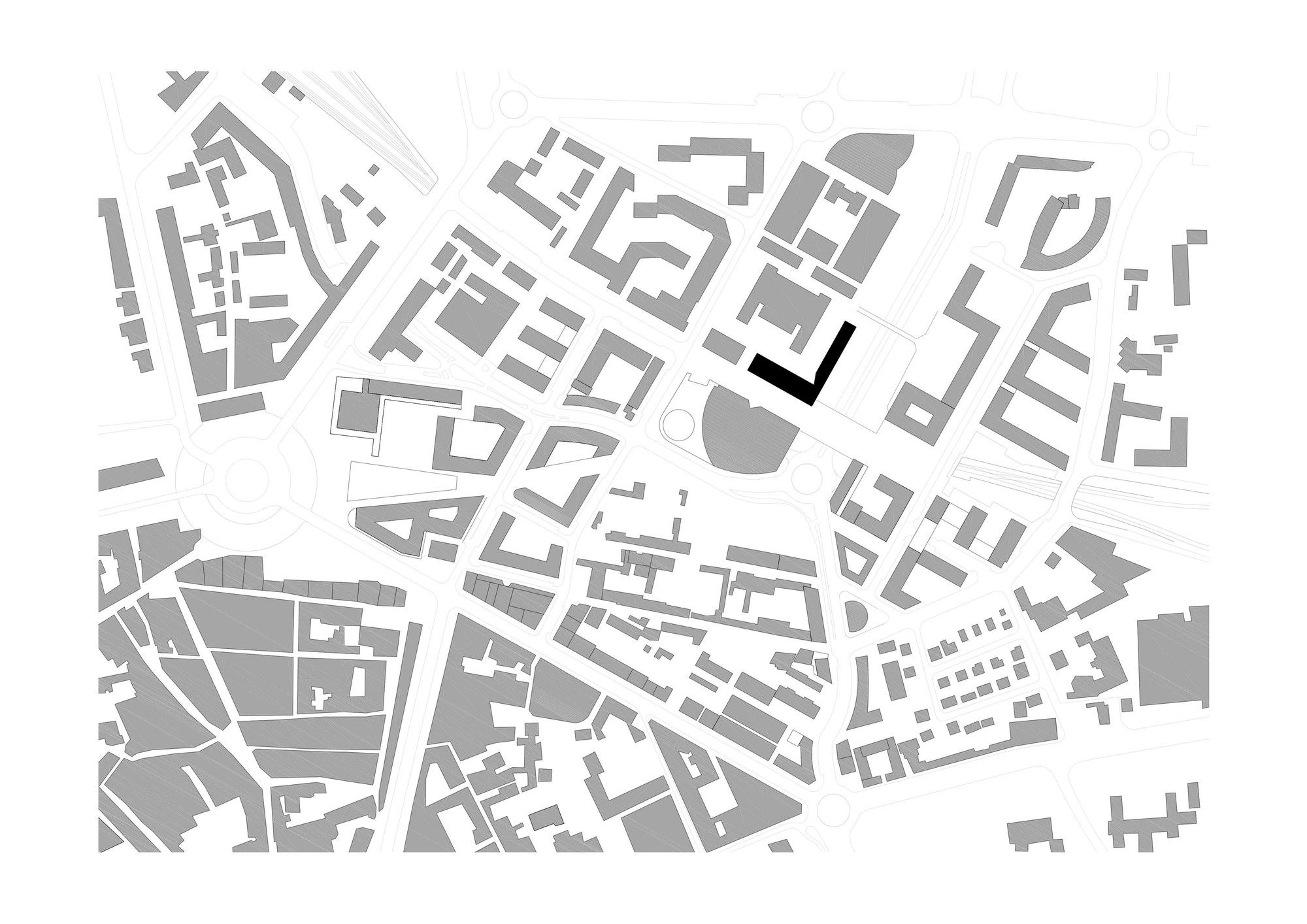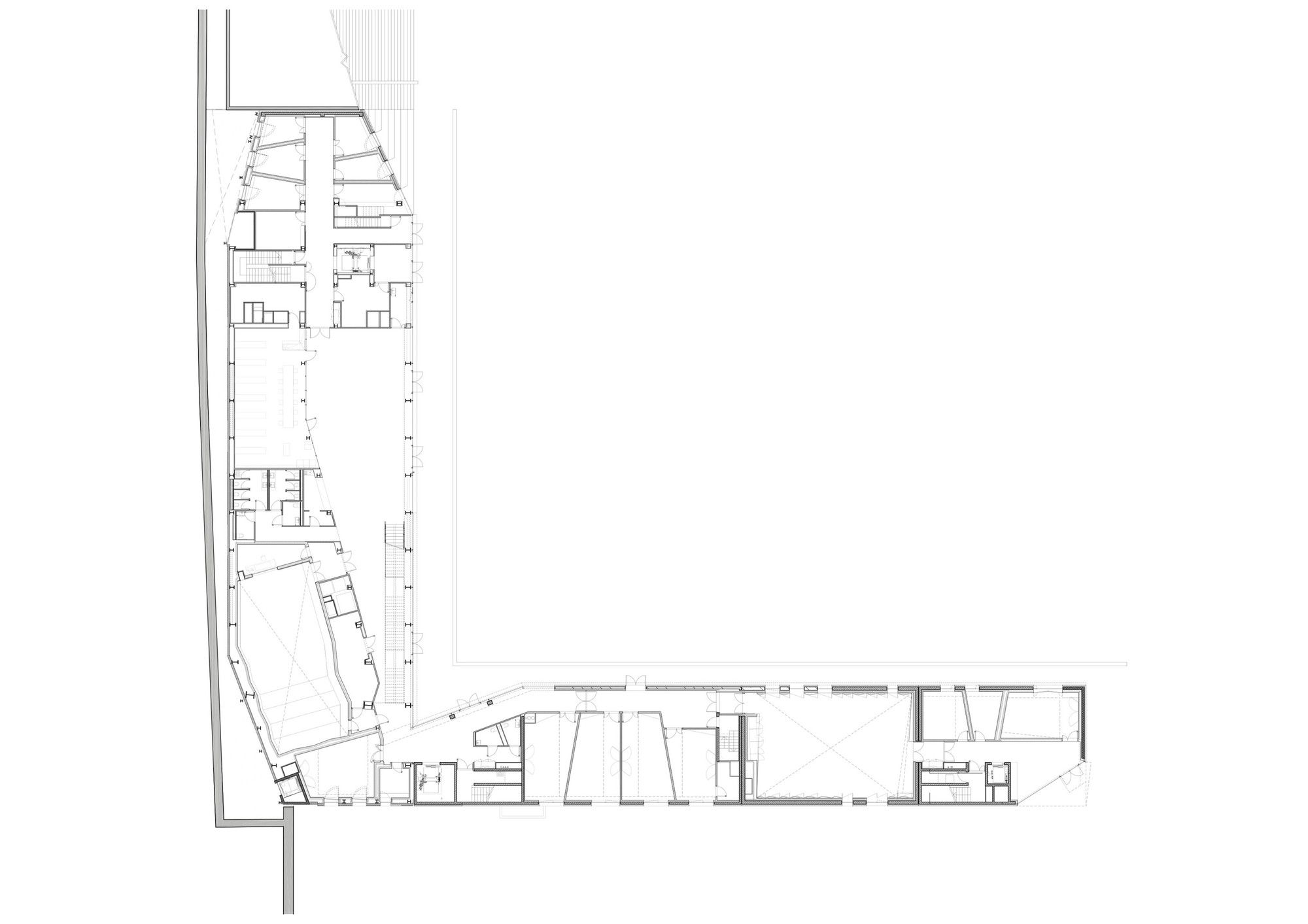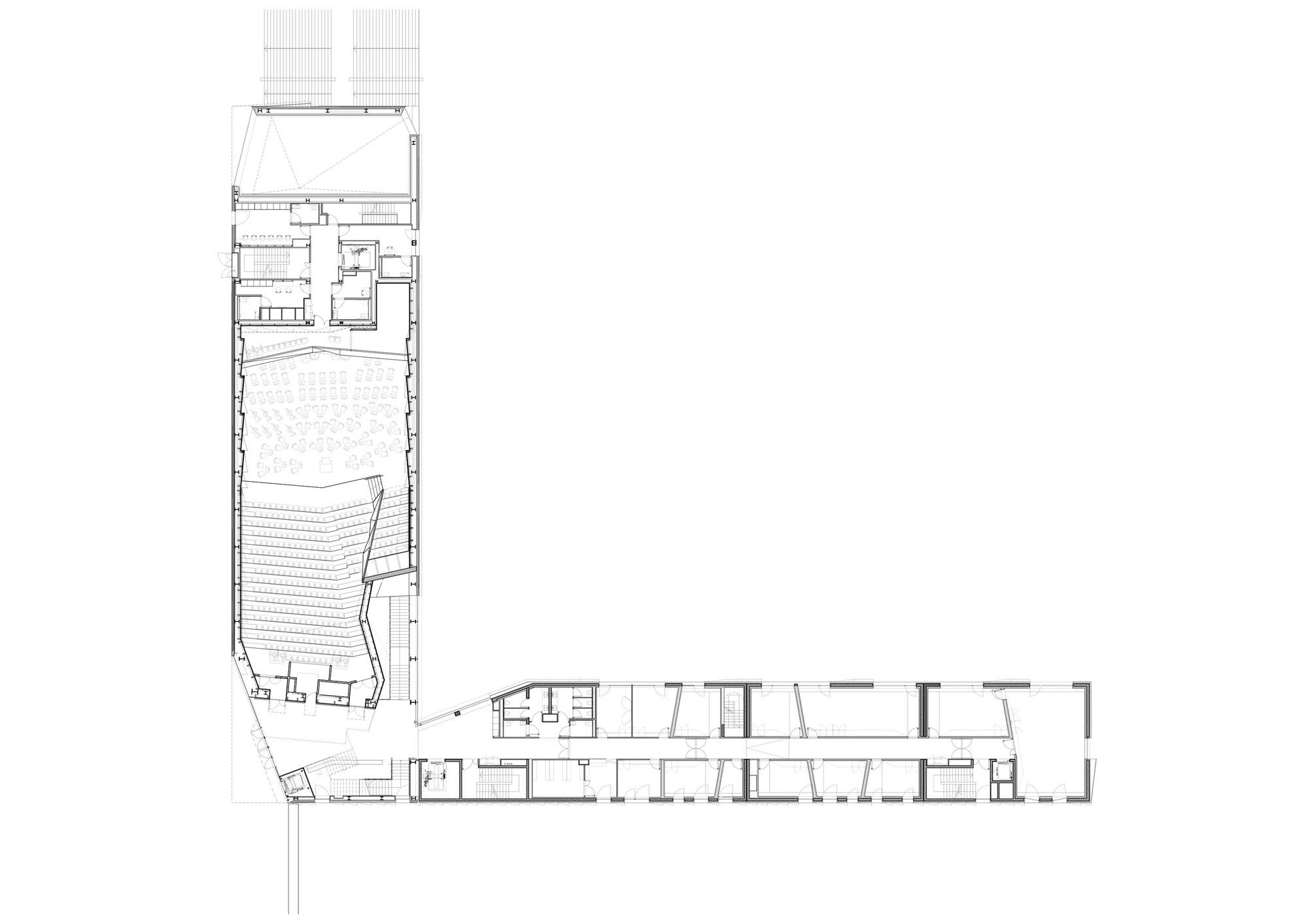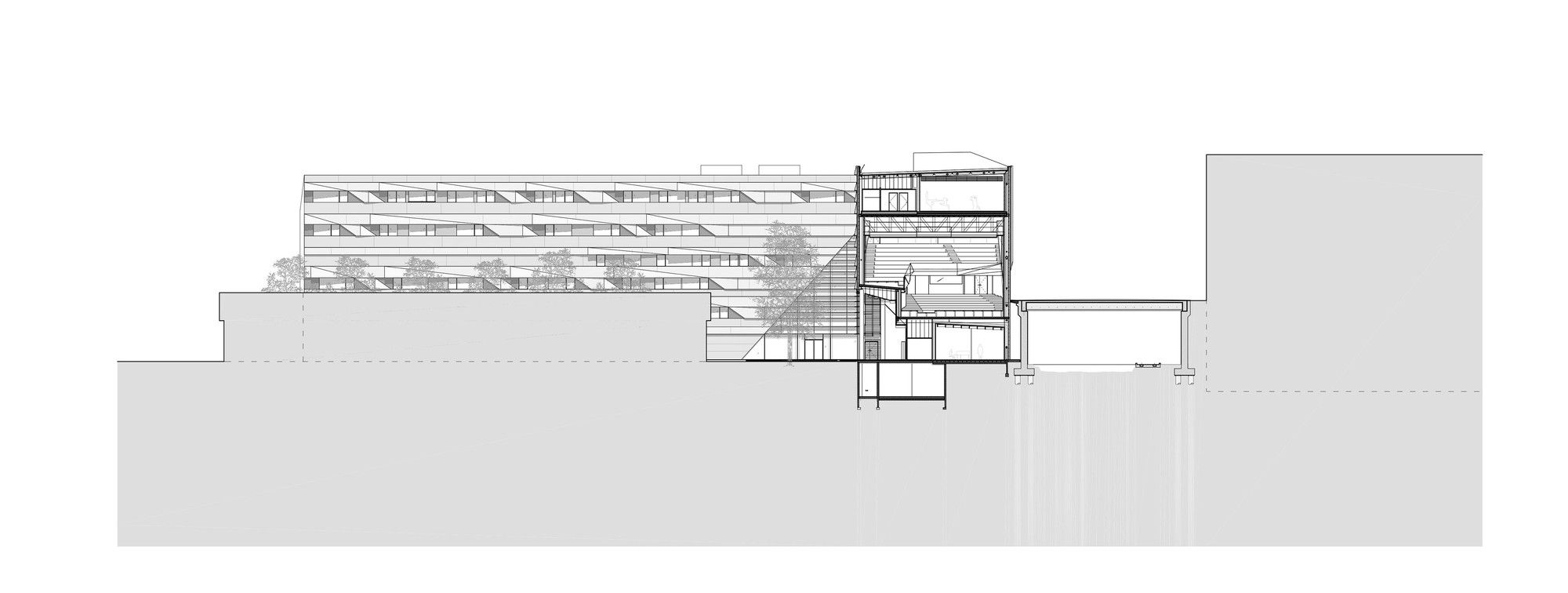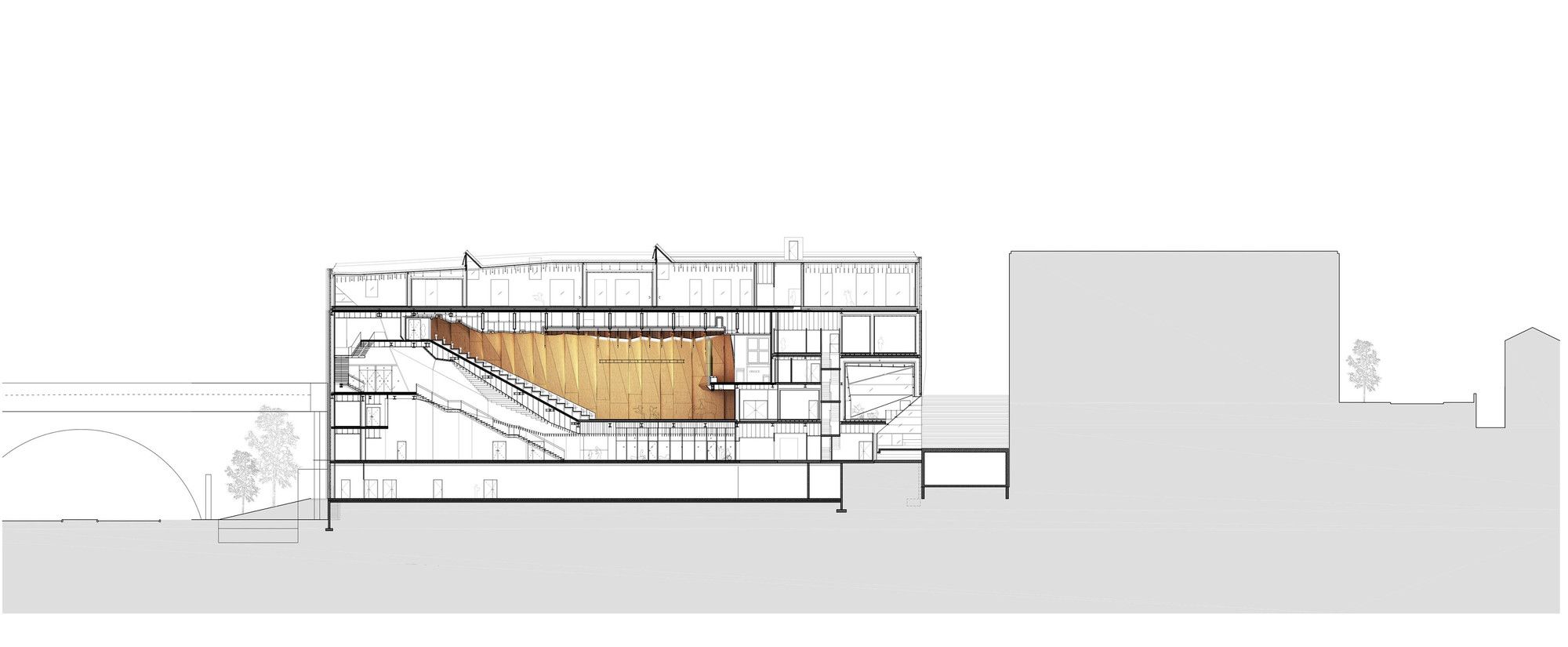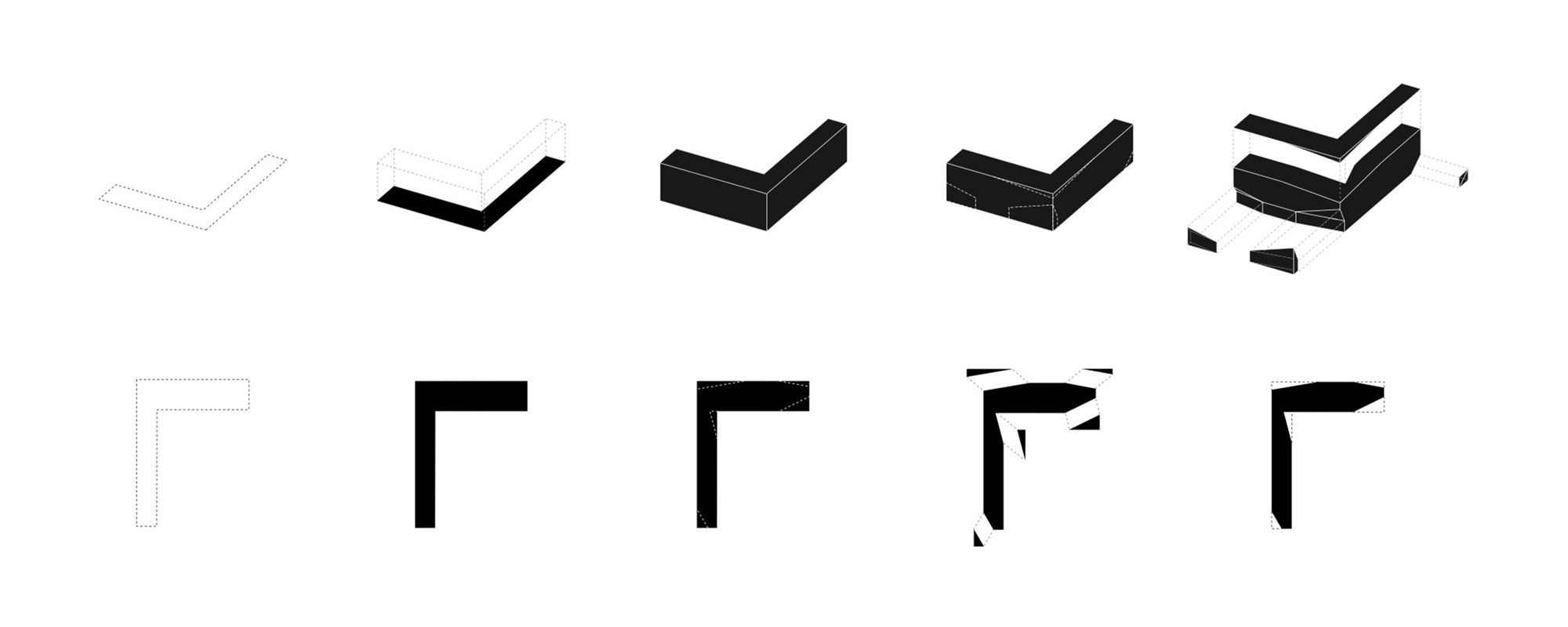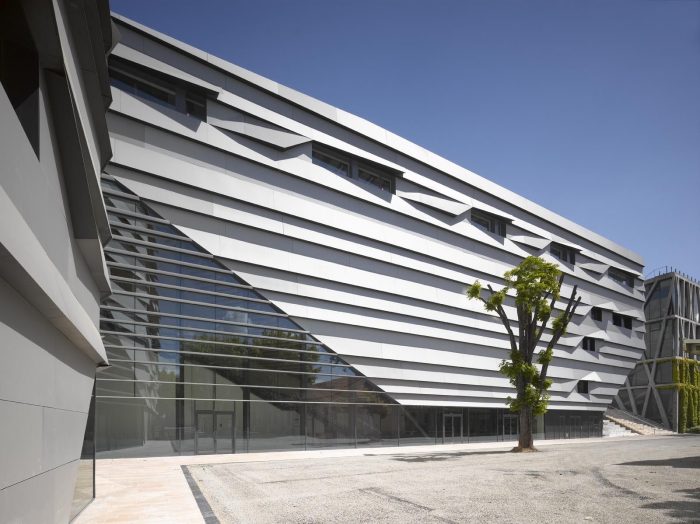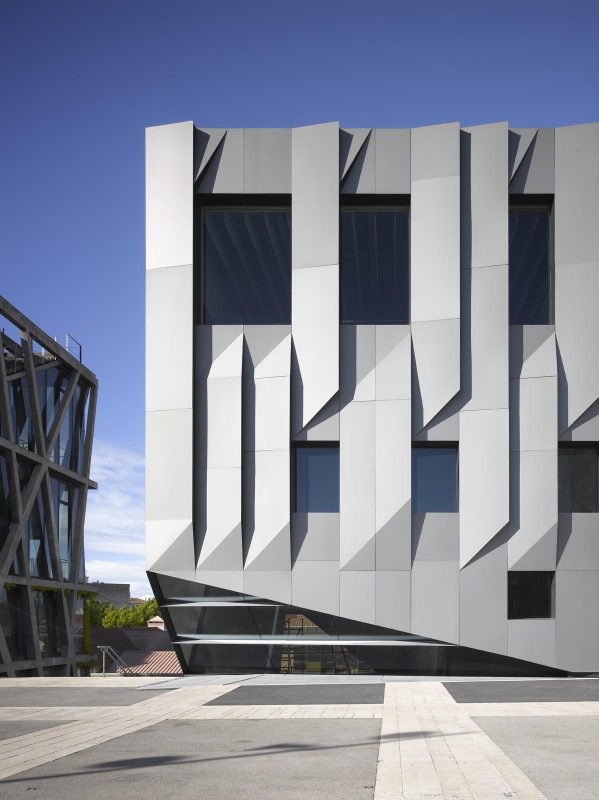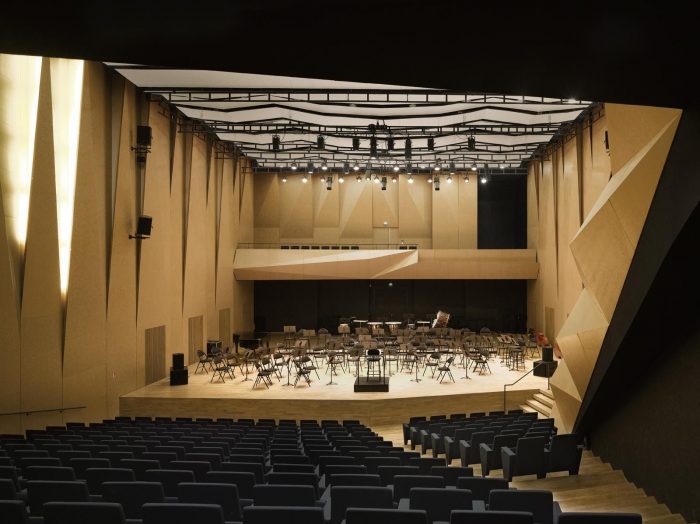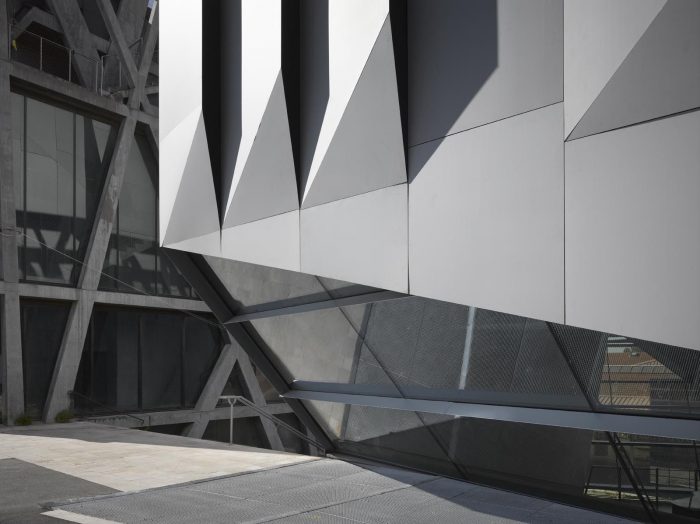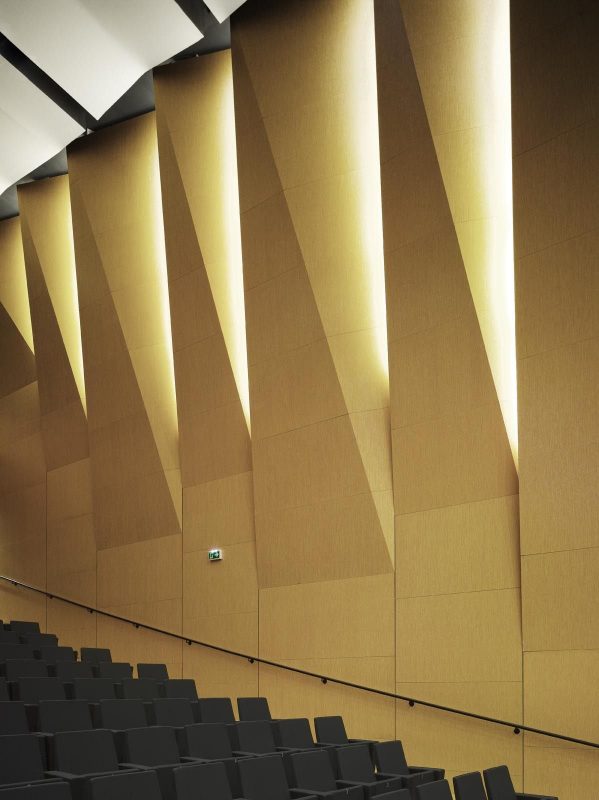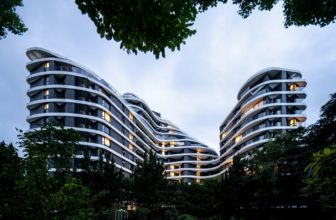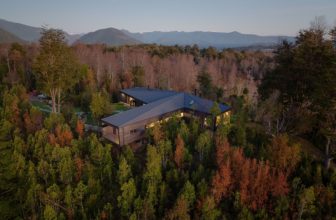The world-renowned Japanese architect Kengo Kuma has been selected through a competition to design a music complex in the university city of Aix-en-Provence, in south France. The city has been the home and base of work of the post-impressionist Paul Cézanne, an artist who has passed out in 1906. The artist’s paintings together with Japanese origami shapes and forms have been the major influences for this design. The Aix-en-Provence or Darius Milhaud Conservatory of Music is a €16-million project that has been completed in the year 2013. The conservatory building is providing a home to one of the oldest dance and music academies in France which was first established in 1849. The music institute takes up 7,000 square meters of land and is comprised with mostly teaching facilities accompanied by a 500-seat auditorium.
The conservatory has proved to be another addition of great significance to the musical and cultural aspects of Aix-en-Provence and France in general. In 2006, a building, Pavilion Noir, designed by the Algerian architect Rudy Ricciotti has been completed, which hosts theatrical and choreographic events and functions. This is located right on the side of the new conservatory of music and a striking contrast of visual elements is created. The two facades are completely different but at the same time they are unique in their form and typology. They both hold eccentric characteristics and details which make the buildings able to become symbols and icons for the city.
The new music institute becomes sort of a blend between French and Japanese culture. This is due to Kengo Kuma’s knowledge and experience brought together with the history of the French city and its cultural and fine art successes over time. Kuma is aware of the French history and culture as he has designed several buildings in the country over the part, such as the FRAC in Marseille or the Art Center and Cité de la Musique one year before the music academy. “The site is some kind of border or edge of the old city Aix-en-Provence. The design is based on the typical old city’s buildings, the box with punched windows,” Kengo Kuma stated. The architect sought inspiration for the design from the surrounded nature which he found on Paul Cezanne’s painting, Mont-Sainte-Victoire, painted in 1885. Soon after this, Kuma has noticed a connection between the rhythm of the mountain, the punched windows and the musical notes. Kengo Kuma is an architect that always works specifically to the context, location and history of the place that he designs into. He uses tradition and culture as driving forces for his designs, and for this he is one of the most creative designers of this generations.
The exterior skin of the building is made out of folded aluminium which imitates these inspiring rhythms and lines of the surrounding environment. A visual play of light and shadow is created through the visualisation of a constant rhythm throughout the day. Origami paper folding has been used as a reference in folding the flexible aluminium in creating beautiful geometric forms. This is an example and an architectural lesson that building materials are not always tangible. In this case, light and shadow are the main building materials of this unusually attractive facade. Triangular forms wrap the building while going on the interior to replicate a similar effect. This form takes shapes from walls and ceilings to furniture and light fittings. The shade of grey colour is also replicated from the exterior to the interior spaces of the 62 teaching spaces. The rest of the interior spaces, such as the entrance hall, public staircase, auditorium hall and rehearsal rooms follow the same geometric forms but they are coloured in a light yellow colour, perhaps replicating the colour of light.
Many of the surfaces in the rooms of the institute are made out of timber, which are broken down to smaller surfaces of different sizes and shapes, places at different angles and depths. The most important element of this design is the black shadow. “The shape is not so important. This is very Japanese,” stated the architect. He designed the shadow. An inviting and friendly shadow that takes over the whole building. This to my eyes is pure genius. Kengo Kuma is extremely clever at designing structures and surfaces and he does this by just opening his eyes and observing what is around him. He uses his country’s tradition and practical work to drive his own personal work and the results are phenomenal. The Aix-en-Provence Conservatory of Music has the potential of even a monument-if it is not already one-that will be influential for years to come.
